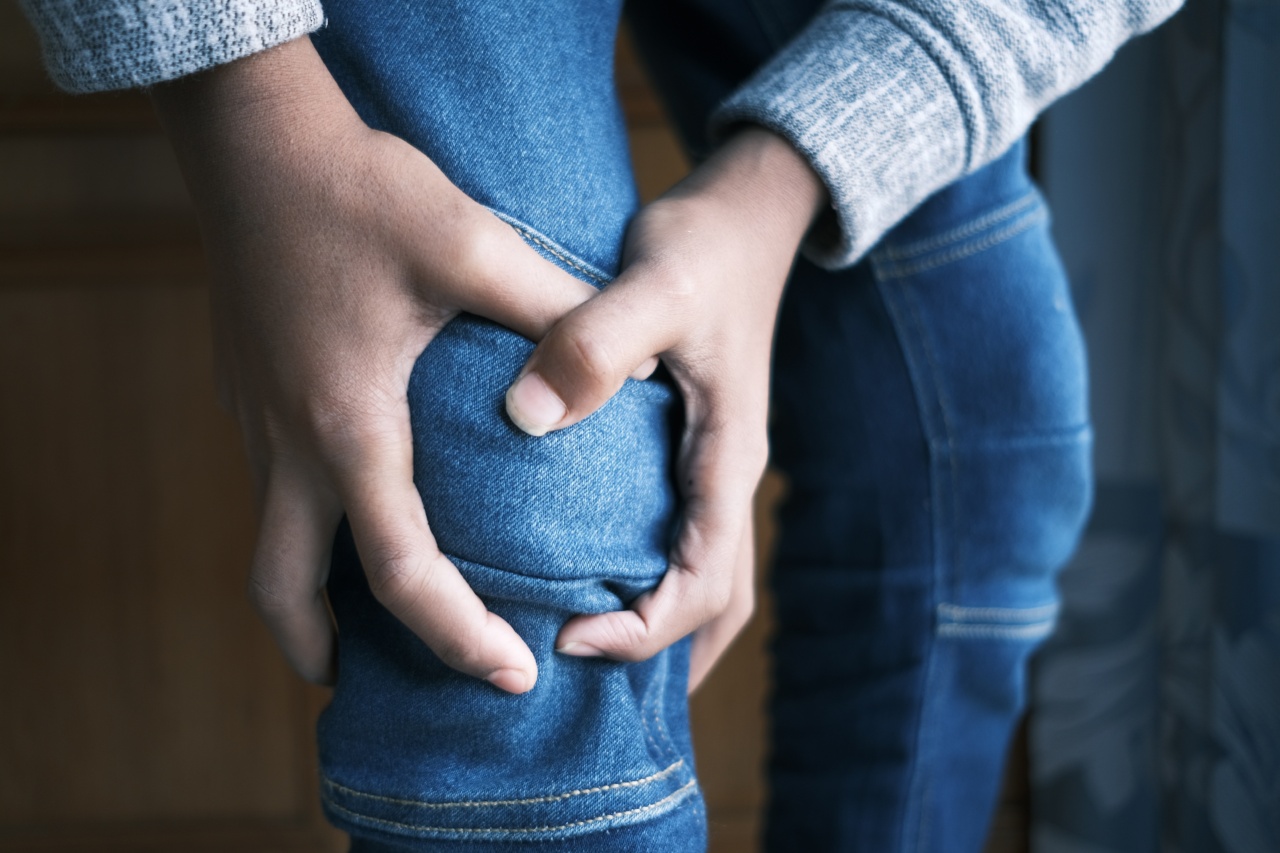Knee pain is a common issue that affects people of all ages. It can be caused by various factors, including injuries, overuse, or underlying medical conditions.
Regardless of the cause, knee pain can significantly impact your daily activities and quality of life. This comprehensive guide aims to provide you with a better understanding of knee pain, its causes, symptoms, treatment options, and preventive measures.
Causes of Knee Pain
There are several possible causes of knee pain. Some common causes include:.
- Injuries: Injuries, such as sprains, strains, fractures, or torn ligaments, can cause knee pain.
- Arthritis: Knee pain can be a symptom of various forms of arthritis, including osteoarthritis, rheumatoid arthritis, and gout.
- Overuse: Engaging in repetitive activities that put strain on the knee joint can lead to overuse injuries and subsequent pain.
- Medical conditions: Certain medical conditions, such as bursitis, tendinitis, or patellar dislocation, can result in knee pain.
- Obesity: Excess weight puts additional stress on the knees, leading to pain and discomfort.
Symptoms of Knee Pain
The symptoms of knee pain may vary depending on the underlying cause. However, some commonly reported symptoms include:.
- Pain and tenderness
- Swelling and inflammation
- Stiffness or reduced range of motion
- Difficulty walking or bearing weight
- Grinding or popping sensation
Treatment Options for Knee Pain
The treatment for knee pain depends on the cause and severity of the condition. Here are some common treatment options:.
- Rest and Ice: Resting the affected knee and applying ice packs can help reduce pain and inflammation.
- Physical Therapy: Engaging in specific exercises and stretches can strengthen the knee muscles and improve its functionality.
- Medications: Over-the-counter pain relievers, such as acetaminophen or nonsteroidal anti-inflammatory drugs (NSAIDs), can provide temporary relief from knee pain.
- Injections: Corticosteroid injections may be recommended for reducing inflammation and relieving pain.
- Bracing or Taping: Using knee braces or supportive taping techniques can provide stability to the knee joint and alleviate pain.
- Surgical Intervention: In severe cases or when other treatment options fail, surgery may be required to repair or replace damaged knee structures.
Preventive Measures for Knee Pain
Although not all causes of knee pain can be prevented, there are certain measures you can take to reduce the risk of knee injuries and pain:.
- Maintain a healthy weight to minimize stress on the knees.
- Warm up before engaging in physical activities or exercising to prepare the muscles and joints.
- Wear appropriate footwear that provides proper support and cushioning.
- Avoid activities that put excessive strain on the knees, especially if you have a history of knee pain or injuries.
- Practice good posture and alignment to ensure optimal joint function.
When to Seek Medical Attention
While mild knee pain can often be managed with self-care measures, there are certain situations when you should seek medical attention:.
- If the pain is severe or persistent
- If you are unable to bear weight on the affected knee
- If the knee is red, warm to touch, or visibly deformed
- If you have difficulty bending or straightening the knee
- If the pain is accompanied by other concerning symptoms
Conclusion
Knee pain can significantly impact your daily life, but understanding its causes, symptoms, and treatment options can help you manage it effectively. Remember to listen to your body, take preventive measures, and seek medical attention if needed.
With the right approach, you can alleviate knee pain and maintain optimal knee health for years to come.






















